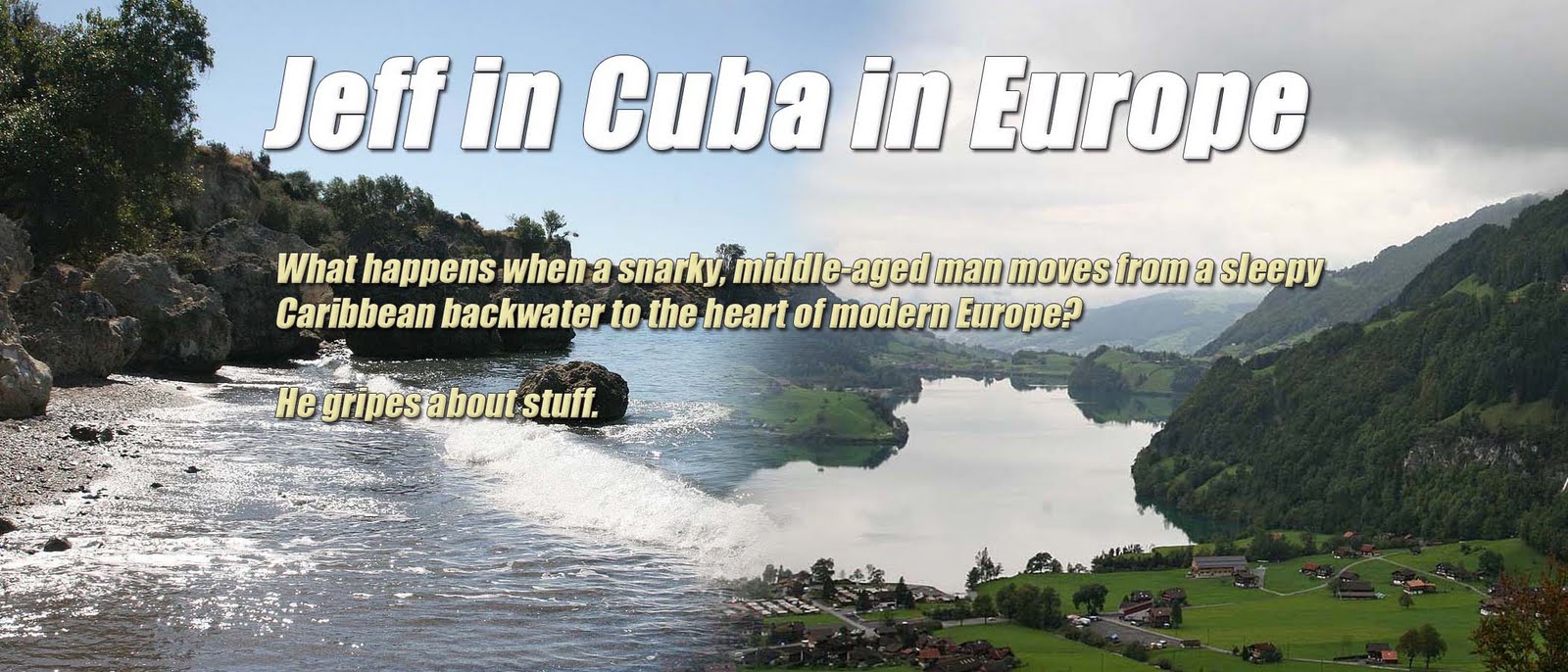Here in Europe we’ve ended Daylight Savings Time (back in the States the big candy companies convinced Congress to wait an extra week in order to increase Halloween demand). But each time I change my watch, I’m reminded how much the whole scheme just frosts my flakes.
Even the nomenclature gets under my skin. Daylight Savings Time? Doesn’t that second “s” seem erroneous? When it’s time to walk the dog, it’s “Dog Walking Time”, not “Dog Walkings Time”. But when it comes to saving daylight, it’s grammar that seems to “fall back”. And what exactly are we “saving”? There’s no more daylight, regardless of how we set our clocks. It’s more like “Daylight Shifting (or ‘Shiftings’) Time”. And now we’ve messed with things to a point where even the term “Standard Time” seems a bit off. The U.S.
And even if I overlook the fractured semantics, I’m not sure I buy into the daylight shifting logic. If having an extra hour of daylight after work and school is a good idea, then let’s set our clocks accordingly all year round. Why is it a good idea only in the summer? If I remember my microeconomic theory (and I wouldn’t bring it up if I didn’t), the Law of Diminishing Returns tells us that the extra hour of evening light is more valuable during the brief days of winter than in the languid evenings of the summer.
Here’s my bottom line: we measure time (and everything else) with units of our own creation. But they only work if everyone understands (and agrees with) them. So let’s stop confusing the issue by changing things just to alter our perceptions of an obviously unaltered world. In the meantime, I propose that each April, the mile be temporarily reduced to 1,300 ft so that we can all drive 200 mph.
We’ll call it Fast Drivings Month.

